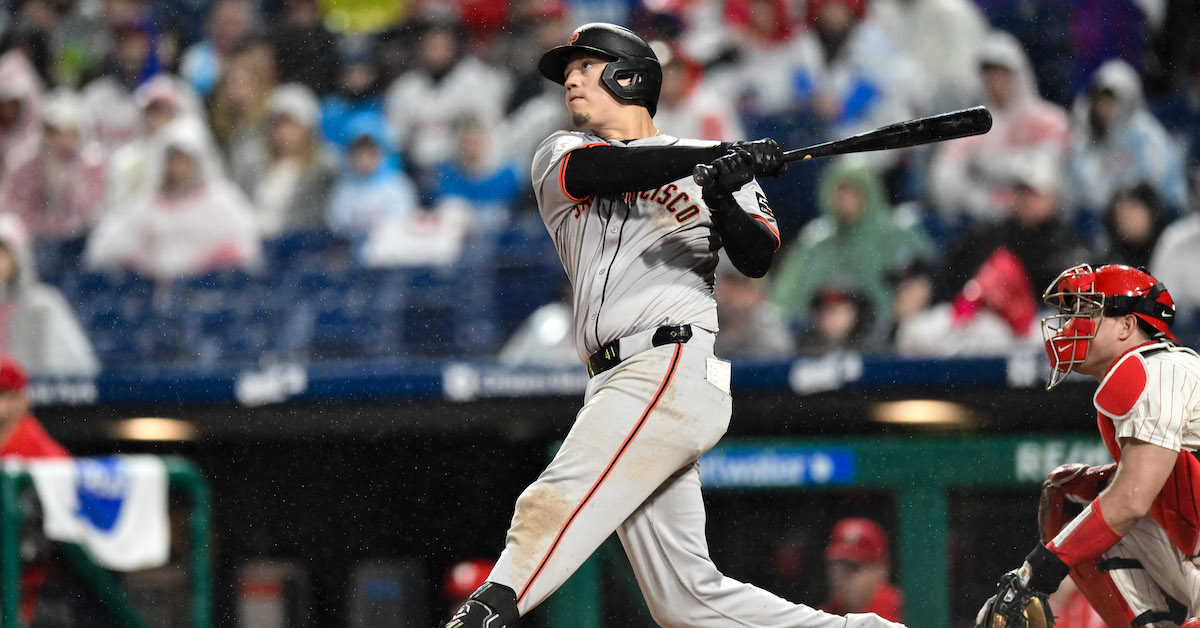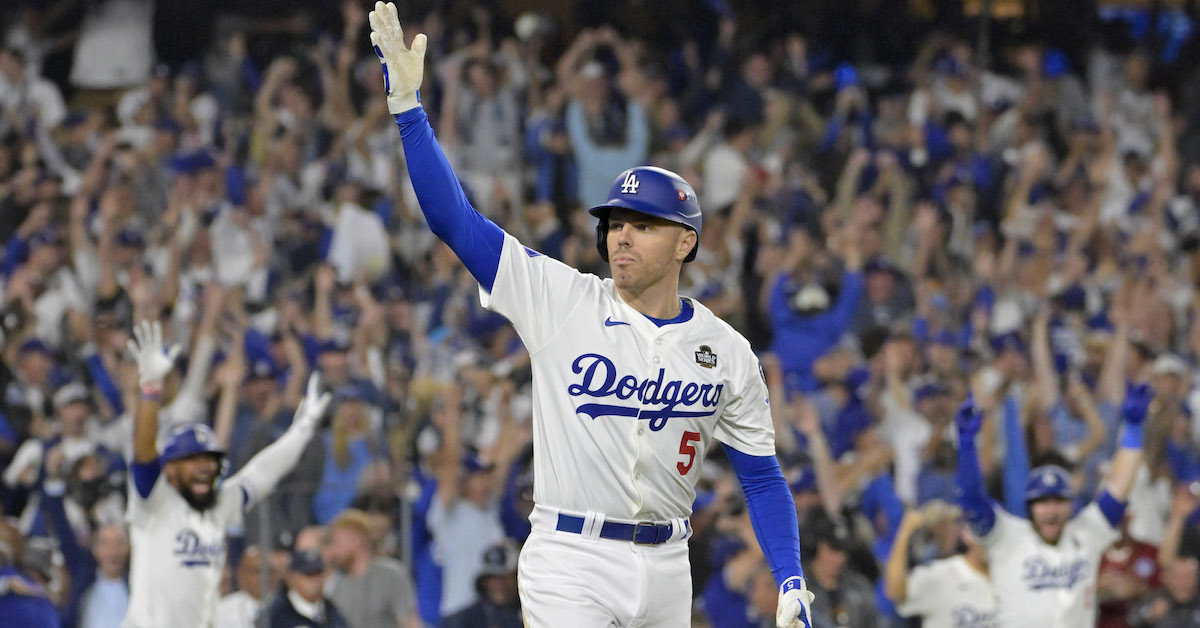[ad_1]

In the modern game, pinch-hitting is seen as something of a lost art. This likely started with teams prioritizing roster spots for extra bullpen arms over spare position players. With that came a heavier emphasis on positional flexibility off the bench, rather than plus contact skills (think Ross Gload) or a big bopping bat (à la Matt Stairs). As an angry Facebook commenter might tell you, it’s one more way that sabermetrics has ruined America’s pastime. Yet, the numbers bear it out; the best arm is often a fresh arm, while conversely, fresh bats off the bench tend to perform significantly worse than their counterparts in the starting lineup.
Ahead of the 2020 season, Ben Clemens found that the pinch-hitting penalty, first theorized in 2006, still held 14 years later. Contemplating Ben’s findings, Patrick Dubuque of Baseball Prospectus penned a line that stuck deep in my brain: “Pinch-hitters are just difficult to justify, except when they’re mandatory.” Pinch-hitters were mandatory far less often in 2020 after the universal DH came into play. However, the age of the universal DH is also the age of expanded rosters and pitcher limits, and those new roster rules may just have saved the pinch-hitter from a slow demise.
Pinch-hitters are rarely mandatory anymore, but they haven’t disappeared as much as you might think. In 2020, the number of pinch-hitters deployed per game dropped dramatically. Of course it did; NL teams no longer had an automatic out at the bottom of their starting lineups. And yet, the short season and overall decline in pinch-hitting obscured a fascinating trend: Pinch-hitting plate appearances per game played under the designated hitter rule were way up. Teams used more pinch-hitters per “DH game” (get used to that shorthand) than they did in any year since at least 2002, which is as far back as the data on our splits tool goes.
Not only was the rate of pinch-hitters per DH game higher in 2020 than any of the past 18 years, but the difference between 2019 and 2020 marked the largest year-over-year change up to that point. There is little doubt that expanded rosters facilitated this trend; teams were allowed 30-man active rosters for the first two weeks of play and 28-man rosters for the rest of the season. The new extra-inning rule also provided more incentive for pinch-hitting late in games. However, the increase in pinch-hitting was more than just a natural consequence of the new rules. It was a conscious, strategic decision on the part of certain managers.
How can I say that with such certainty? For one thing, although the rate of pinch-hitters per DH game was way up in extra innings, there were far fewer extra-inning plate appearances overall, precisely because of the new rules. Thus, extra-inning pinch-hitting appearances actually accounted for a lower percentage of all pinch-hitting appearances than they did the year before. More importantly, the additional pinch-hitting appearances in 2020 were not evenly distributed throughout the league; NL teams were driving the increase.
Pinch-hitting was up in both leagues, but AL teams used pinch-hitters for 1.52% of plate appearances while NL teams used pinch-hitters for 1.97% of plate appearances. That’s not too surprising – NL front offices didn’t build their rosters with the DH in mind – but it is still strong evidence that teams were pinch-hitting more often as a matter of strategy. That said, it would have been easy to write this all off as a fluke amid a wholly irregular 2020 season. Except the same thing happened two years later. In 2022, the next season played with the universal DH and the first played under the 13-pitcher limit, the pinch-hitting rate returned to the peak it reached in 2020.
In fact, it was slightly higher: Notably, the difference between the two leagues was much smaller in 2022. NL teams, with more time to prepare for the new rules, no longer used quite as many pinch-hitters, but AL teams increased their pinch-hitter usage to make up the difference. The following year, both leagues upped their pinch-hitter usage again: Pinch-hitting was on the rise in 2023, even compared to just the latter portion of the 2022 season, when the 13-pitcher limit was in place. From June 20, 2022 through the end of the regular season, pinch-hitters accounted for 1.87% of all plate appearances. In 2023, pinch-hitters accounted for 2.04% of all plate appearances. Over the course of a full season, that adds up to hundreds of additional pinch-hitting opportunities.
[ad_2]



